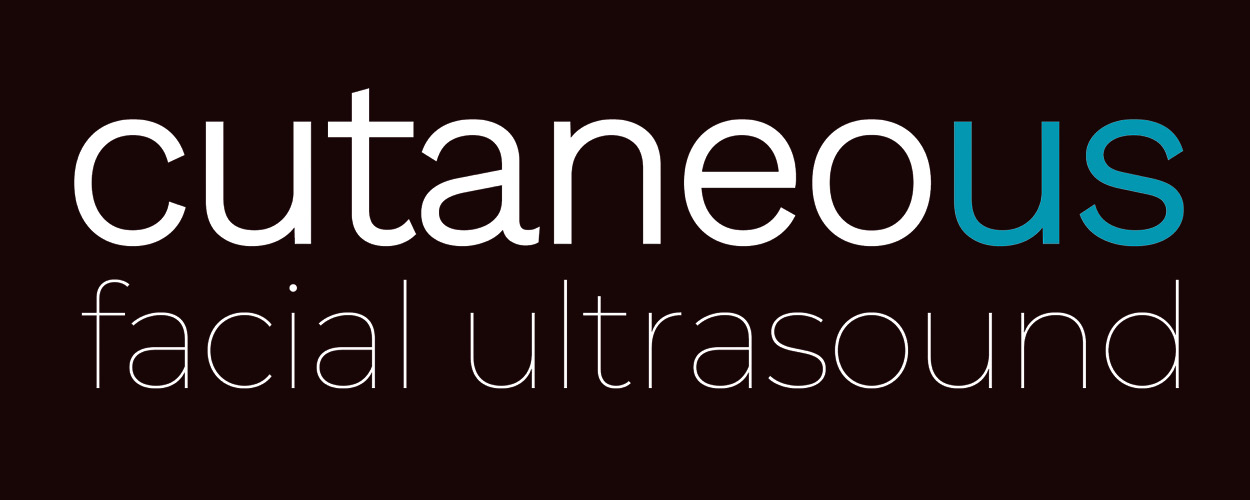VOLTAR
IMCAS World Congress 2022
IMCAS World Congress 2022
Programa
Adaptar ao meu fuso-horário a agenda da aula/congresso transmitida ao vivo
Fuso-horário de referência: (UTC+02:00) Europe, Paris
Apresentações desta sessão
| Horas | Palestrantes | Título da apresentação | Resumo | Número |
| 13:30 | Introduction | 114469 | ||
| 13:32 | How to optimize ultrasound mapping in your daily practice | Visualizar | 112556 | |
| 13:42 | What choice of probe | 112555 | ||
| 13:52 | Panel discussion 1: Ultrasound assessment of filler integration | 113618 | ||
| 13:52 | Ultrasound assessment of tissue integration of HA | Visualizar | 111068 | |
| 14:02 | Ultrasound assessment of tissue integration of fillers | 113619 | ||
| 14:12 | Discussion and Q&A | 113702 | ||
| 14:22 | Panel discussion 2: Non-vascular complications | 113623 | ||
| 14:22 | Tips for ultrasound protocols and technical settings | 112554 | ||
| 14:32 | How ultrasonography optimizes injection treatments | 113625 | ||
| 14:42 | Ultrasound of non-vascular complications in cosmetic fillers | 113624 | ||
| 14:52 | Discussion and Q&A | 113626 | ||
| 15:02 | Panel discussion 3: Vascular complications | 113620 | ||
| 15:02 | Vascular complications | 113621 | ||
| 15:12 | Vascular complications | Visualizar | 113622 | |
| 15:22 | Final discussion | 113703 | ||
















